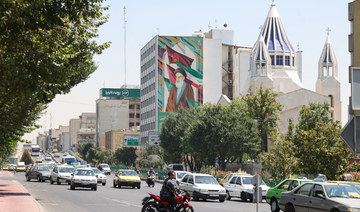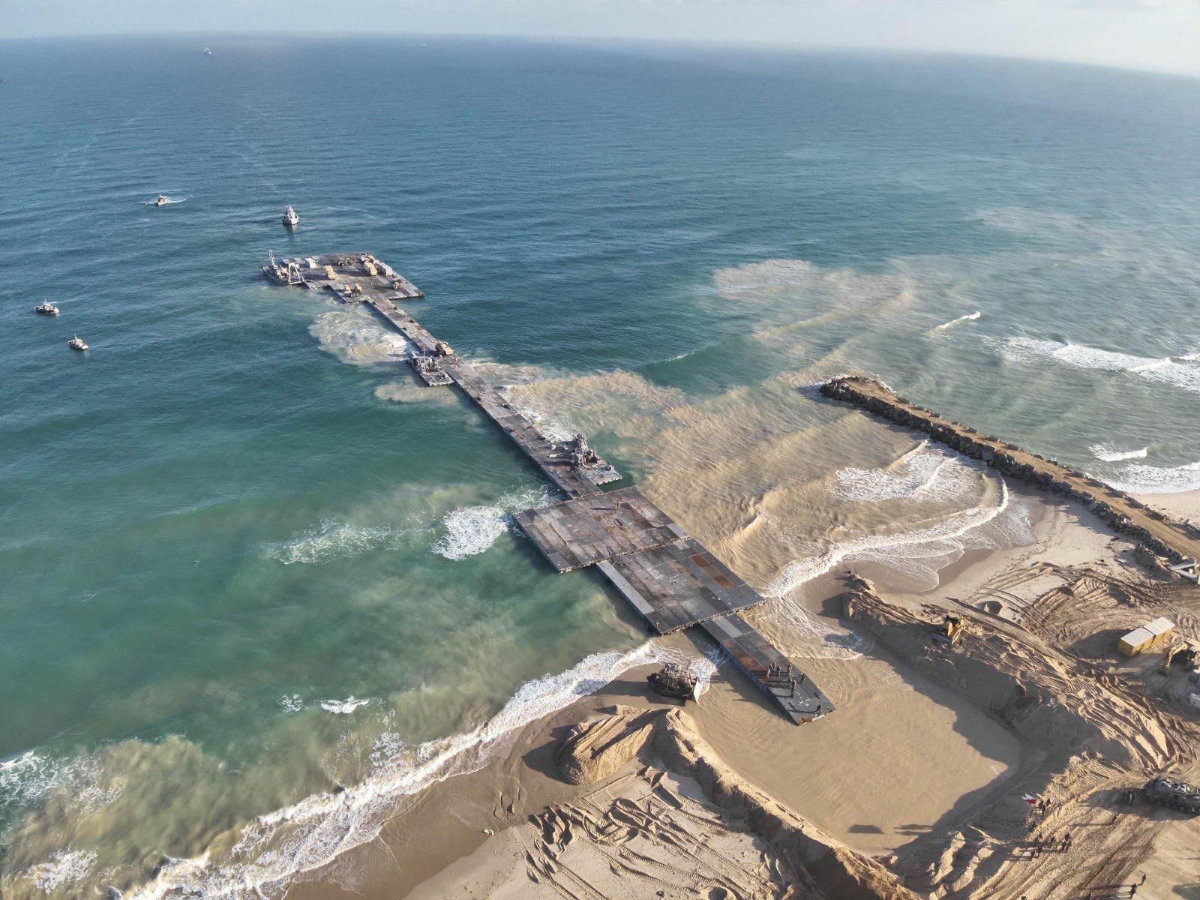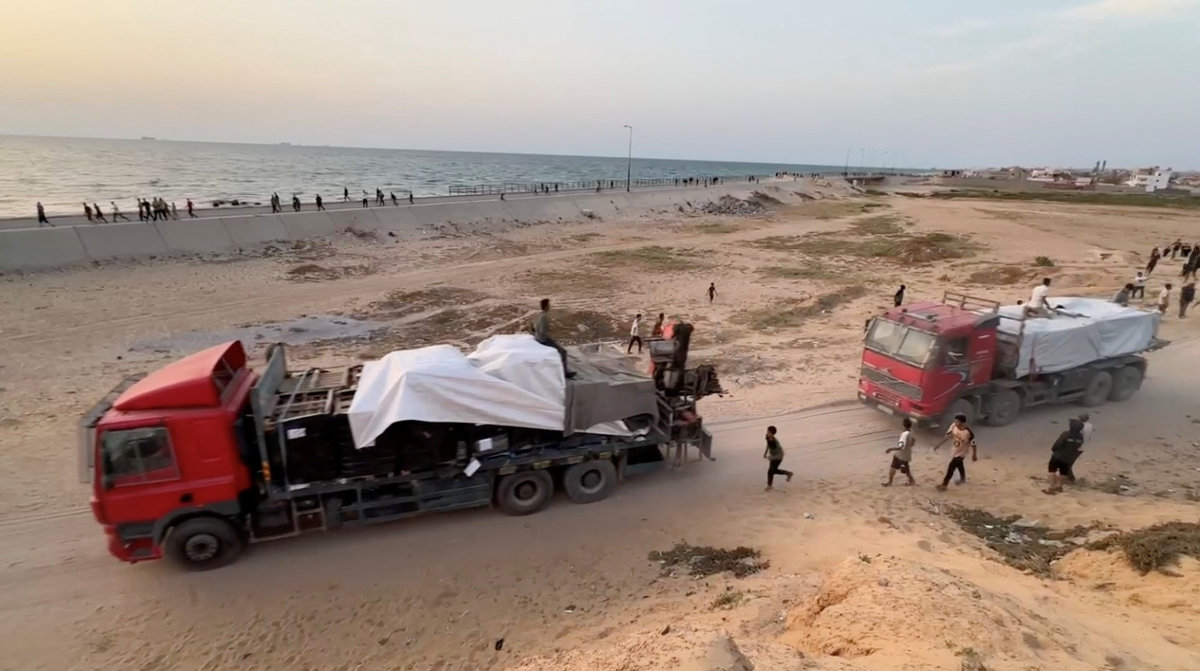LONDON: Iranian women defying the strengthened laws on wearing the hijab will have to avoid government facial-recognition technology on public transport as new plans to support the stricter rules come into power.
The secretary of Iran’s Headquarters for Promoting Virtue and Preventing Vice, Mohammad Saleh Hashemi Golpayegani, said Tehran is planning to deploy the technology on public transport and other public places after President Ebrahim Raisi passed stricter rules on women’s clothing on Aug. 15.
The new law came after the July 12 national Hijab and Chastity Day, which was marked by mass protests by women who took to social media to show how they were not complying with the rules on public transport.
Some of the women who defied the rules on buses and trains have faced state detention and even forced confessions.
“The Iranian government has long played with the idea of using facial recognition to identify people who violate the law,” Azadeh Akbari, a researcher at Holland’s University of Twente, told The Guardian.
“The regime combines violent ‘old-fashioned’ forms of totalitarian control dressed up in new technologies.”
The hijab has been mandatory since Iran’s 1979 revolution, but women have pushed against the dress code in the decades that have followed.
The strengthened laws have ushered in a new era of punishment and surveillance. One of the activists who had footage uploaded of them defying the law, 28-year-old Sepideh Rashno, was arrested after a fellow passenger broadcast a clip of her wearing “improper dress.”
The onlooker who filmed her was forced off the bus by bystanders, but Rashno was then arrested, beaten and forced to apologize on state TV to the passenger who harassed her, according to local rights activists.
There are now renewed fears that more women could suffer a fate similar to Rashno’s as Tehran looks to surveillance technology.
The government has steadily introduced biometric identity cards, which store personal data such as fingerprints and photos.
This information, tied in with the proposed facial-recognition technology, now threatens to police women in public and on the internet.
Akbari told The Guardian that “a large chunk of the Iranian population is now in this national biometric data bank, as many public services are becoming dependent on biometric IDs, so the government has access to all the faces; they know where people come from and they can easily find them. A person in a viral video can be identified in seconds.”
Annabelle Sreberny, professor emeritus at the Centre for Iranian Studies at London’s School of Oriental and African Studies, told The Guardian that Raisi “is a real ideologue.”
She added: “There are terrible economic and environmental problems facing Iran. The inflation rate may now be reaching 50 percent, but the government is choosing to focus on women’s rights.”
Sreberny said: “I think it is part and parcel of a failing government that is simply not dealing with these massive infrastructural, economic and environmental issues. And women are seen to be a soft target.”
























